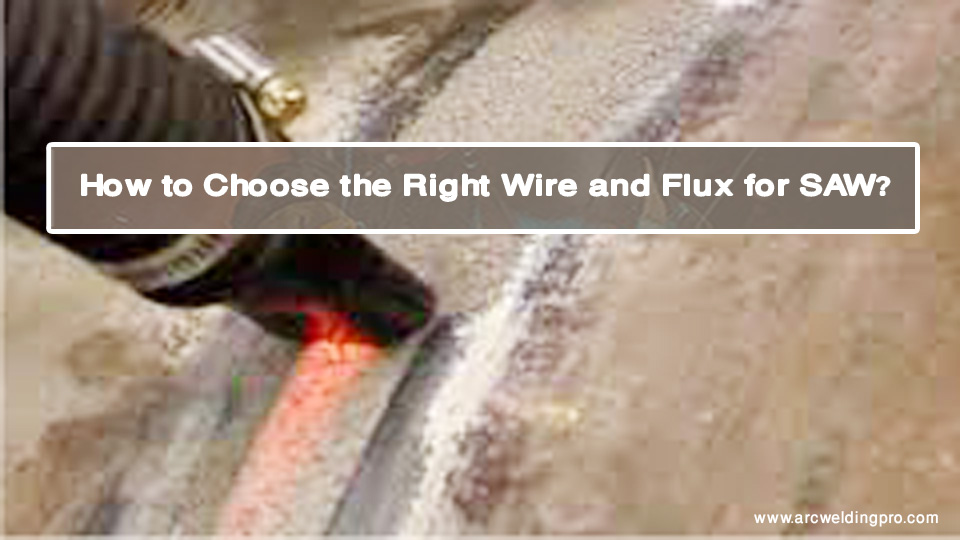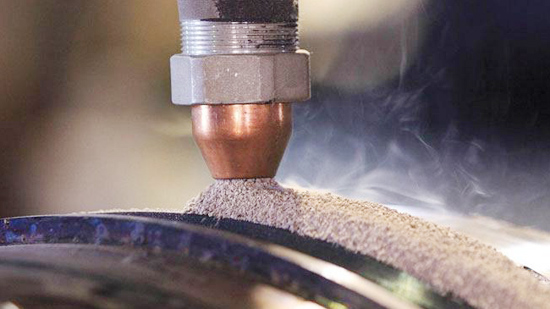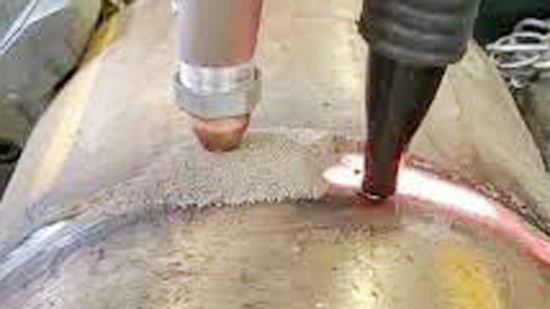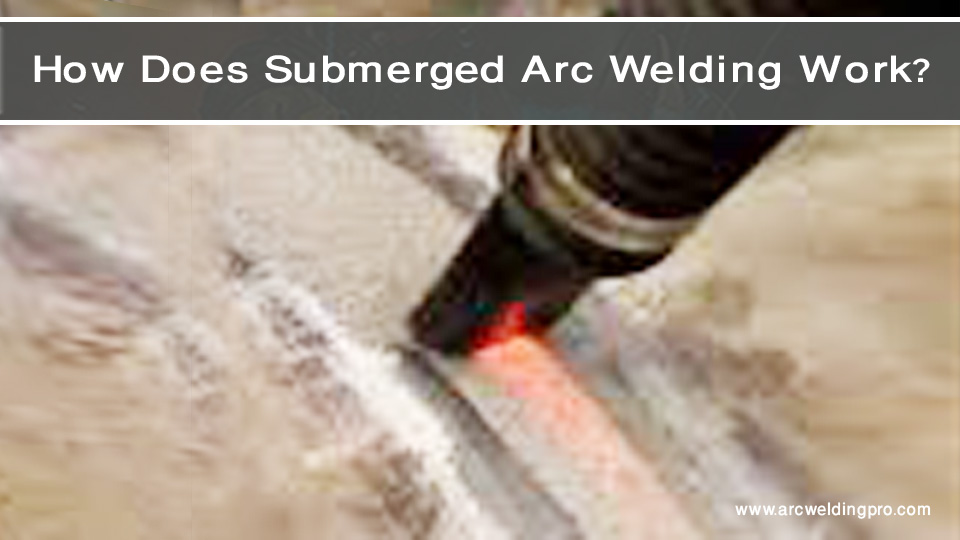Submerged Arc Welding (SAW) is a highly efficient and widely used welding process in various industries, particularly for large-scale fabrication and heavy manufacturing. This process involves the formation of an arc between a continuously fed electrode (wire) and the workpiece, with the entire process occurring beneath a blanket of granular flux. Selecting the right combination of wire and flux is crucial for achieving optimal weld quality, productivity, and cost-effectiveness in SAW operations.
The choice of wire and flux directly impacts the weld’s mechanical properties, chemical composition, and overall performance. This article will guide you through the process of choosing the most suitable wire and flux for your SAW applications.

Image by quora
Understanding SAW Wire
Types of SAW wires
Solid wires: These are the most common type of SAW wires. They are made of a single, homogeneous material and are available in various compositions to suit different base materials and welding requirements.
Cored wires: These wires have a tubular structure filled with metal powders, alloys, and sometimes flux materials. They offer advantages such as increased deposition rates and the ability to add alloying elements to the weld metal.
Wire composition and its impact
The chemical composition of the wire significantly influences the final weld metal properties. Common alloying elements in SAW wires include:
- Carbon: Affects strength and hardness
- Manganese: Improves deoxidation and increases strength
- Silicon: Aids in deoxidation and improves fluidity
- Nickel: Enhances toughness and corrosion resistance
- Chromium: Increases strength and corrosion resistance
Wire diameter considerations
Wire diameter affects the current density and deposition rate. Larger diameter wires are typically used for higher current applications and increased deposition rates, while smaller diameters offer better control for out-of-position welding or thinner materials.
Understanding SAW Flux
Types of SAW fluxes
Fused fluxes: Manufactured by melting raw materials and then crushing the cooled mass. They offer consistent performance and excellent moisture resistance.
Bonded fluxes: Produced by binding flux ingredients with a liquid binder and then baking. They allow for more flexibility in formulation and can incorporate a wider range of alloying elements.
Agglomerated fluxes: A type of bonded flux made using a spray drying process, offering uniform particle size and good flow characteristics.
Flux composition and its effects
Flux composition affects arc stability, slag formation, and weld metal properties. Key components include:
- Oxides (SiO2, MnO, CaO): Influence slag viscosity and weld metal deoxidation
- Fluorides (CaF2): Improve arc stability and slag detachability
- Deoxidizers (FeMn, FeSi): Remove oxygen from the weld pool
Basicity index and its importance
The basicity index of a flux indicates its ability to neutralize acidic oxides in the weld pool. Higher basicity fluxes generally produce welds with improved toughness but may have less favorable welding characteristics.
Factors to Consider When Choosing Wire and Flux
Base material composition
The chemical composition of the base material is a primary factor in selecting the appropriate wire and flux. The goal is to achieve a weld metal composition that is compatible with and often similar to the base material.
Required mechanical properties of the weld
Consider the desired strength, toughness, and ductility of the final weld when selecting wire and flux combinations.
Welding position and joint design
While SAW is primarily used in the flat position, certain wire-flux combinations may be more suitable for specific joint designs or limited out-of-position applications.
Production requirements (speed, deposition rate)
Higher deposition rates may be achieved with larger diameter wires or cored wires, while certain flux types can influence welding speed.
Environmental conditions
Consider factors such as humidity, temperature, and exposure to contaminants when selecting flux, as these can affect flux performance and weld quality.
Wire-Flux Compatibility
Importance of matching wire and flux
Proper matching of wire and flux is crucial for achieving the desired weld metal composition and properties. Mismatched combinations can lead to poor weld quality, defects, or suboptimal mechanical properties.
Common wire-flux combinations
Many manufacturers provide recommended wire-flux combinations for specific applications. These pairings are often optimized for particular base materials or welding requirements.
Effects of mismatched wire and flux
Mismatched wire and flux can result in:
- Unexpected alloying or dilution of the weld metal
- Poor slag removal
- Inadequate mechanical properties
- Increased susceptibility to weld defects
Specific Application Considerations
High-strength steels
For high-strength steels, select wire-flux combinations that maintain or enhance the strength of the base material while providing adequate toughness.
Low-alloy steels
Choose wire-flux combinations that provide the necessary alloying elements to achieve the required mechanical properties.
Stainless steels
For stainless steel welding, select wire-flux combinations that maintain corrosion resistance and prevent excessive chromium oxidation.
Nickel-based alloys
When welding nickel-based alloys, choose wire-flux combinations that maintain the alloy’s unique properties, such as high-temperature strength and corrosion resistance.
Testing and Qualification
Importance of welding procedure qualification
Welding procedure qualification ensures that the selected wire-flux combination meets the required specifications and performance criteria for the intended application.
Common tests for wire-flux combinations
- Chemical composition analysis
- Tensile strength testing
- Impact toughness testing
- Hardness testing
- Corrosion resistance testing (for specific applications)
Interpreting test results
Analyze test results to ensure they meet the required specifications and performance criteria for your application. Consider factors such as strength, ductility, and toughness in relation to the base material properties.
Economic Considerations
Cost comparison of different wire-flux combinations
Consider the initial cost of wire and flux, as well as factors such as deposition rate and efficiency when evaluating the overall cost-effectiveness of different combinations.
Long-term cost benefits of proper selection
Choosing the right wire-flux combination can lead to long-term cost savings through:
- Reduced rework and repairs
- Improved productivity
- Extended equipment life
- Decreased material waste
Best Practices for Wire and Flux Selection
Consulting manufacturer recommendations
Always start by reviewing the recommendations provided by wire and flux manufacturers for your specific application and base material.
Conducting trial runs
Perform trial welds with potential wire-flux combinations to evaluate their performance in your specific welding conditions.
Seeking expert advice
Consult with welding engineers or technical representatives from wire and flux manufacturers for guidance on challenging applications.
Common Mistakes to Avoid
Overlooking base material requirements
Ensure that the selected wire-flux combination is compatible with the base material’s composition and required properties.
Focusing solely on cost
While cost is important, prioritize performance and quality to avoid long-term issues and expenses.
Neglecting environmental factors
Consider the impact of environmental conditions on flux performance and take appropriate measures to protect flux from moisture and contamination.
Future Trends in SAW Wire and Flux
Development of new alloys
Ongoing research is focused on developing new wire alloys to meet the demands of advanced materials and applications.
Advancements in flux formulations
Flux manufacturers are continually improving formulations to enhance performance, reduce environmental impact, and increase efficiency.
Increased focus on environmental impact
The industry is moving towards more environmentally friendly flux formulations and recycling processes to reduce waste and emissions.
Conclusion
Selecting the right wire and flux combination for SAW is a critical process that involves considering multiple factors, including base material properties, desired weld characteristics, and production requirements.
Proper selection of wire and flux is essential for achieving high-quality welds, optimizing productivity, and ensuring cost-effectiveness in SAW operations.
By understanding the various factors involved and following best practices, welding professionals can maximize the benefits of this powerful welding process.

I’m Darrell Julian, the founder, lead writer, and hands-on welding enthusiast behind ArcWeldingPro.com. With more than 15 years of real-world welding experience, I created this platform to share what I’ve learned in the field, in the shop, and in the heat of the arc.



